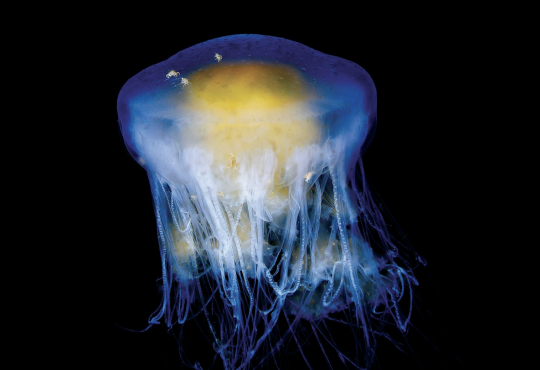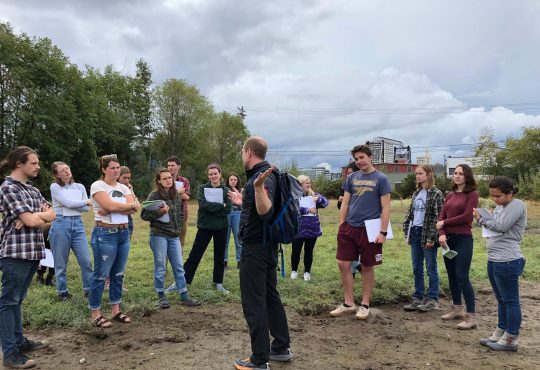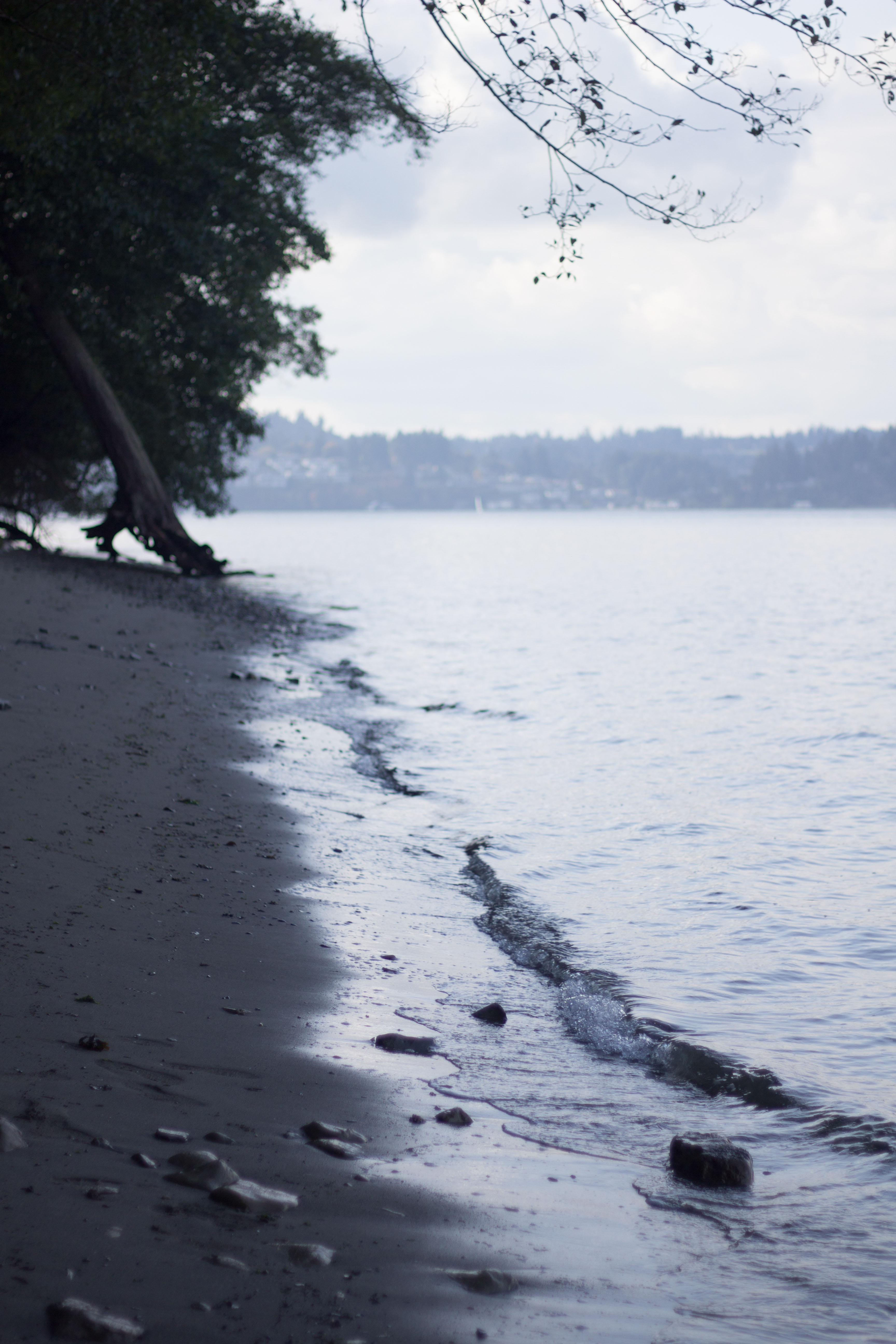Milking the Rhino offers a different perspective on wildlife conservation and human-animal coexistence
In a world where resources are decreasing and demand increasing, the conflict between humans and animals, or civilization and wildlife, is deepening.
The film Milking the Rhino, filmed in 2009, covered the various aspects of community-based wildlife conservation in Africa – specifically, in Il Ngwesi in Kenya, and the Marienfluss Conservancy in Namibia. However, this documentary differed from most wildlife films in that the perspective was flipped – rather than a focus on the wildlife themselves, the film aimed to capture the story of the local people, and the part conservation plays in their lives. “It is the story of two communities in one continent… looking to turn conflict into coexistence,” the narrator of the movie said.
The film began its story with the Maasai of Il Ngwesi, Kenya – a location considered to be the forefront of grassroots conservation. The Maasai have long made this place their home, and are considered one of the oldest cattle communities on the planet. This long-standing existence, however, has its upsides and downsides. Cattle communities, for whom cattle serve as the foundation for their livelihood, are reliant on large pastures of land in order to let their cattle graze. Conservation efforts, however, have set aside 80 percent of their land for conservation. While this may seem beneficial to the indigenous wildlife, it compromises a lot of the Maasai’s ability to fully function as a community. Although the land was legally conserved, to many of the Maasai it was seen as appropriation. “Your crummy papers aren’t worth the mat I sleep on!” said a local woman to conservation director John Kasaona.
Despite this conflict, conservation groups have attempted to utilize tourism as a new source of income for these local groups. In Il Ngwesi, a lodge was built in order to accommodate tourists and attempt to provide an “authentic” Il Ngwesi experience. Tourism brings in a lot of money – it allows for the creation of new infrastructure such as water holes. Water holes supply water for both them and their livestock, and contribute to better health and schools for children. However, the growing popularity and introduction of tourism into these local communities has its fair share of problems. Many traditional gender roles, such as women cooking for men solely, have been challenged, as men are having to take up more cooking jobs at the lodges for tourists. While seen as progressive in Western culture, to the Maasai this change is a challenge of their cultural values and ultimately feels undermining.
Additionally, the European colonization of Africa in the 1800’s cut many still-open wounds in the African peoples, and African people serving primarily white tourists feels a lot like servitude – especially when they are reliant on their tourism to survive. Ironically, they are reliant due to the conservation imposed mostly by Europeans, with conservation efforts being made due to their affinity for killing local wildlife in the early, appropriated acquisition of African territories.
Internationally, Africa has always appeared as a land of untamed wilderness, populated by herds of wild and exotic animals with acres of uninhabited, uncivilized land. Through hours of documentaries and pictures portraying just that, strangers to the continent have failed to see the other side of the camera – where countless groups of indigenous peoples lay quiet and unseen. This overall repression of international exposure to Africa’s indigenous inhabitants has painted a picture of “wild Africa” that many have come to know, a mythical land still budding with wildlife waiting to be explored and conquered. This picture, however, does and does not work in many ways for the native African peoples: tourism relies on the myth of “wild Africa” in order to attract tourists; however, this false picture often misleads tourists to believing that there is a dearth of local peoples and thus leads to underestimations of what impact conservation has on those local people.
For instance, in order to protect their livestock (such as cattle or goats), and in a sense their livelihood, these communities often hunt and kill encroaching predators such as lions. Furthermore, when circumstances such as drought challenge their survival, they can be driven to kill local wildlife in order to ensure food on their table and, essentially, their survival. These killings, however, conflict with both conservation efforts and local tourism. Tourists most often come to Africa in order to see the wildlife that has been so aggrandized in media, and the economic welfare of local communities is therefore dependent upon the presence and persistence of local wildlife.
Indeed, conservation is not always in their best interest. Janet Matota of the Integrated Rural Development and Nature Conservation (IRDNC), said “some [of the local people] are very aggressive… some are not getting many benefits from conservation, so that’s why they are so negative.”
Although not yet perfected, conservation societies and local peoples are still working together to find a way for humans to live in harmony with local wildlife – all the while trying to preserve their way of life. “They believe their ancestors used to live [harmoniously] with wildlife,” said Matota. “They don’t want to lose their culture.”



